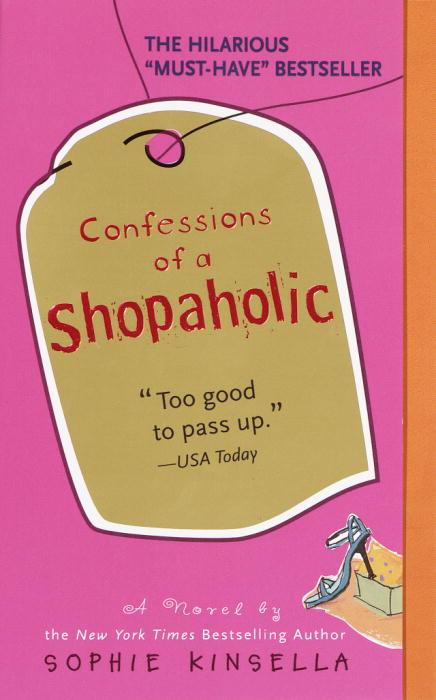When I first heard about the compact challenge, I though that it was going to be pretty hard to not buy things. The compact challenge made me realized how much I buy when I don’t necessarily need it. Like my mom always said, “Is it a need or a want?” But since, the challenge has been introduced I haven’t really bought anything except for food and things that I actually need.
The only thing I have gotten is a new bag. I didn’t buy the bag, instead I made it. And what did I use to make it? Well, I tend to drink Vitamin Water at least once a week and so last year I saw these bags that were made out of old candy wrappers and they looked really cool, so I decided to make one out of the labels that I would have just recycled. "The sociological understanding of fashion involves an analysis of consumers who adopt fashion and their consumption behavior because the consumers participate indirectly in the production of fashion." (Kawamura, 89) Just as I made an eco-friendly bag. It seems like many companies are trying to design and create products that are eco-friendly. They are trying to cater to the needs of the consumers knowingt hat they want to have products that are better for the environment. I thought it was going to be an easy thing to do, but the technique that is used is pretty time consuming. This is the site I found that had step by step instructions: http://candywrapperpurse.blogspot.com/.
The bag I ended up making is quite awesome. All I had to buy was some string and a zipper to finish it off. It’s water resistant and pretty sturdy actually. So how does this relate to the compact challenge? The bag I made is environmentally friendly because the primary material used was old labels. But, what I did get from those labels was a fashionable and extremely stylish clutch. (Below is the bag that I made.)
I then found out that these bags can sell for quite a pretty penny. Check this site out: http://ecoist.com/. On there site they state that "they develop unique gifts and fashion accessories for the eco-minded individual. [There} objective is to merge design with social and environmental consciousness..." I don’t plan on selling mine because after all the time I spent measuring, cutting, FOLDING (around 840 pieces), and sewing; it wouldn’t be worth it for me personally to sell it. (But I have given away the one I made out of newspaper.) I plan to make more bags in the future and especially want to make a clutch out of soda can tabs.
So far, the challenge is going well, and I hope to continue to not buy things. =)
-Jasmine Lim

-01_md.jpg)

.jpg)







